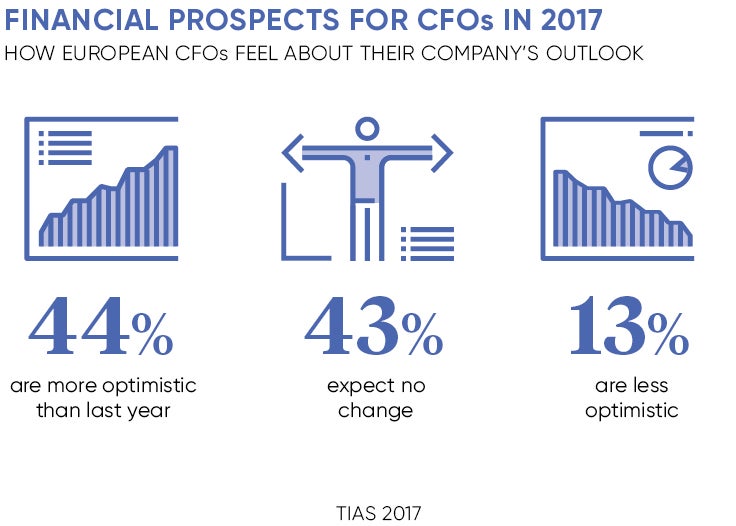Lovers of the Walnut Whip had a miserable shock in August. The Nestlé chocolate delight used to have a walnut perched on top. Suddenly it was being served sans nut. Food writer Debora Robertson tweeted: “They’ve taken the walnut off the top of the walnut whip so now it’s just a whip and I don’t know who we are anymore.” Another commentator called it, with classic Twitter hyperbole, “the end of society as we know it”.
Joking aside, there’s a serious point here. Nestlé took a hit from rocketing walnut prices. It had no back-up plan.
It’s an issue which haunts many entrepreneurs. Tony Field, founder of Fields Menswear, was hit by a similar disaster. He recalls: “We are a small business and had created a strong relationship with this manufacturer up to a point where around 70 per cent of our supply needs were covered by them. So losing them was a huge hit to our business. A viable alternative took three years to find.”
Nando’s ran out of chicken on New Year’s Day bank holiday. A crisis worse than the Walnut Whip.
Disasters such as these have prompted some truly creative coping strategies.
For starters, thinking of the supply chain as purely a technical issue is a mistake. Sometimes it takes more than forward contracts, foreign exchange hedging and invoice finance. The chief executive or chief financial officer (CFO) must often get out of the office and see counterparties face to face.
Ryan Dunwoody is the co-founder of the world’s first printed laptop called the Pi-Top. It is used to teach students to code. He relies on Chinese manufacturers. To ensure his supply chain is in good shape he took the ultimate step, learning Mandarin and moving to China. He now meets each new supplier personally, so he can gauge their strengths and ensure they meet all regulations. He’s still in Shenzhen to oversee his production team.

The CFO’s role
CFOs must know how to balance supply chain demands. Should they help the procurement team and authorise overstocking at the risk of tighter cash flow? Or keep cash flowing by operating a just-in-time philosophy?
They may find a product-by-product approach works best. Russell Grant, a consultant with the national network Business Doctors, says: “It would make very good sense to identify products or ingredients that are essential to customers – the 80-20 rule usually applies – and consider holding more inventory on these lines. In these circumstances, suppliers may be willing to offer a better price, more marketing support and, in some circumstances, even improve payment terms to customers that are supporting them by ensuring their products are available 100 per cent of the time.”
A single breakdown in supply can cripple production. Therefore it is important for CFOs to analyse the factors which might affect a supply chain. Pam Lewin, purchasing manager at Hyperdrive Innovation, makers of lithium-ion batteries, recommends a forensic approach to risk analysis.
“Businesses must firstly look at the key components that make up their supply chain,” she says. “This is to determine if they are single sourced in certain areas, for example electronic components, as well as if they can design in two manufacturers instead of one to ensure continuation of supply if their main supplier were to have an issue.”
The CFO plays a critical role in supplying other departments with the numbers they need and using financial instruments to hedge as far as possible
A CFO can contribute to the effort by looking at the financial performance of suppliers. Ms Lewin explains: “Ensuring a business does not overload its suppliers is key. It is vital to recognise the supplier’s capacity level, and engage with them to understand its own forecast and growth potential as well as theirs.”
A well-prepared business should have a contingency plan for the worst. Michael Kraftman, chief executive of Vision Direct, which supplies contact lenses online, is able to handle sudden shortages using product substitution.
“When it comes to contact lenses, there are a variety of pack sizes for the same product, allowing substitutions to be made in cases where the ordered pack was not in stock,” he says. “Having this option can often provide the planning team with sufficient buffer to review and resolve the stock shortfalls for both pack sizes; meanwhile the consumer still receives the full amount of lenses they ordered.”
Methods such as these ought to be standard. They are not. The Business Continuity Institute 2016 Supply Chain Resilience Report noted that a quarter of businesses of the 526 surveyed in 64 countries lacked continuity arrangements in their supply chains. Some 70 per cent had at least one disruption and 66 per cent lacked visibility of their supply chain.
Supply chain risk is an issue which should involve all departments. The CFO plays a critical role in supplying other departments with the numbers they need and using financial instruments to hedge as far as possible. But supply chain will always be more than a purely financial issue. For example, a hiccup can quickly subsume a far-off department, such as legal.
Garry Moseley, head of the food and beverage practice group at risk brokerage Arthur J. Gallagher, points out: “It is not uncommon, for instance, for the start of the supply chain to be governed by law in China or another Far-Eastern country and then later stages of the supply chain to be governed by both European regulatory and consumer law. British or American law may subsequently govern the latter parts of the contractual chain.”
Preparation is therefore vital. The case of the missing walnut is a small reminder of how vulnerable supply chains can be. A single ingredient can void an entire commercial strategy. CFOs don’t get much praise for delivering a slick supply chain. But when they mess up, everybody notices.

